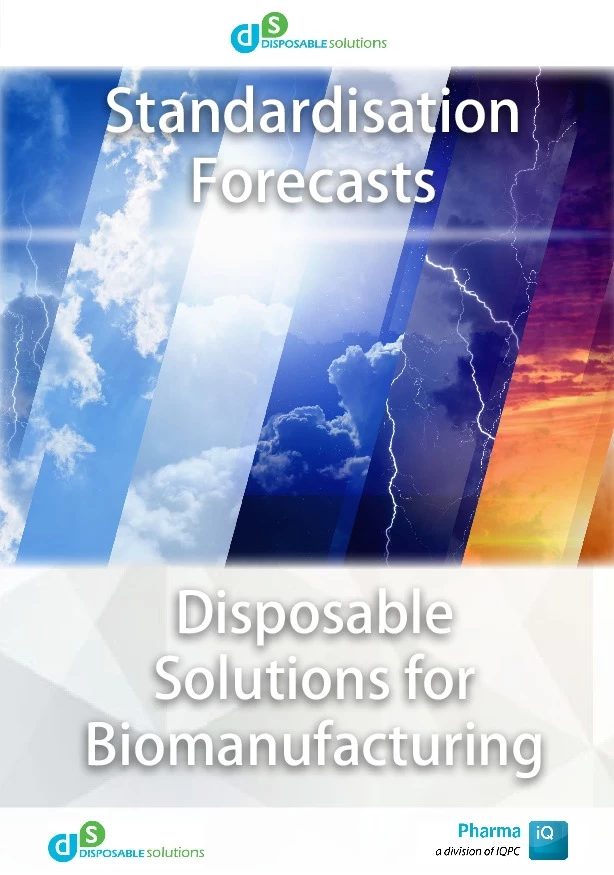Standardisation Forecasts: Disposable Solutions for Biomanufacturing
Add bookmark
We respect your privacy, by clicking "Download Your Copy" you agree to having your details passed onto the sponsor who may promote similar products and services related to your area of interest subject to their privacy policy. You have the right to object. In addition, you will receive our e-newsletter, including information on related online learning opportunities. For further information on how we process and monitor your personal data, and information about your privacy and opt-out rights, click here.
According to a recent study, the global single use technology biopharmaceutical market reached $1.7 billion in 2014, a $0.3 billion jump from the year prior. Looking at the period of 2014 – 2019, the market is predicted to expand at a compound annual growth rate of 11.7 per cent to almost $3 billion. (4)
The US market is expected to increase to $1.1 billion by 2019 from 2014’s $573 million. However, Europe is expected to grow at a slightly slower pace, from $599m in 2014 to $1 billion in 2019. Despite these healthy figures, the absence of standardisation between single use system suppliers is seen as a key discourager by end users in the face of the many advantages disposable systems provide to the pharma and biotech production process. Advantages of single use system standardisation include the avoidance of costs for system modification and faster implementation. Industry bodies such as United States Pharmacopeia, BioPhorum Operations Group and the Bio-process Systems Alliance are helping to set benchmarks for the single-use-system industry.
[inlinead]
In regards to the initial shift towards the standardisation objective, in a previous Pharma IQ interview Jerold Martin, Sr. Vice President, Global Scientific Affairs for Pall Life Sciences, noted: “When single use was initially introduced process design engineers were very enthusiastic about the fact that there [were] so many options, so many flexibilities. People could design the connections on bags and transfer manifolds, in any number of ways and they liked that, but as single use is maturing, a lot of facilities are concerned about the number of different stock keeping units and part numbers of single use that they have. So they are seeking to internally standardise what configurations they are going to use to reduce the number of different variants that they have to source and inventory.…” This move to consolidate the SKUs would help to reduce spend.
Standardisation is an ongoing hot topic in the industry with the reality being harder to achieve than one may initially expect. Some noted that the age of standardisation may need to be kickstarted by a cold shoulder from end users strategically positioning the flow of business for single use components. By collectively consolidating the suppliers of choice as a market, industry commentators proposed that this harsh move from end users could force the dominant suppliers as a group to work towards standardisation. (10) Critics of this theory questioned not only whether such a drastic measure is possible, but if it is in fact necessary.
Is standardisation actually feasible?
Ray Baldwin, Technical Sales Manager (Europe), Bio Pure Technology Ltd ventured to say that standardisation could in fact be a matter of months or even weeks away if based on a generic design for generic components. Although, a sticking point will be that the market needs to decide on the specifications. Celia Landers, Senior Product Manager, MilliporeSigma explains that there are many different specifications to be clarified between end users and manufacturers. “ When we think of standardisation we want to create an optimised portfolio for customers to standardise on the function they need for their disposable solution instead of on individual components or predesigned solutions.” She notes that in the long run, however, standardisation is an achievable concept specific to application, process and function. After gathering insights from various experts, we explore the various focal points connected to the movement and their potential influences on the market if standardisation was come to fruition.
| Have Your Say Rate this feature and give us your feedback in the comments section below |




















